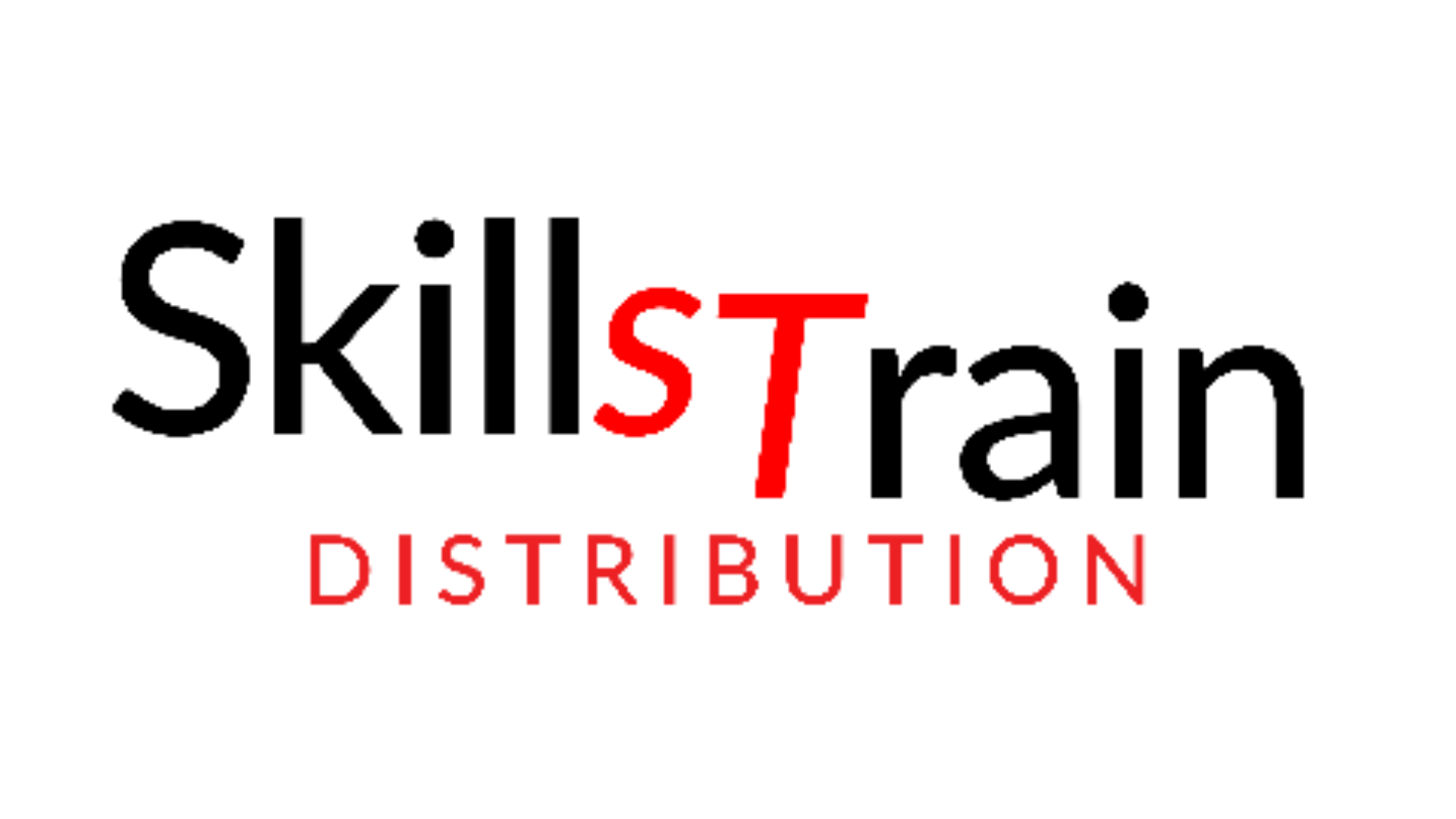In today’s modern economy, a business can no longer wait for employees to come up with new ideas and solutions for problems. Instead, businesses need innovative learning solutions that train employees on how to solve issues in real time. This is the only way that businesses can stay competitive when it comes to technology, research, and product development.
These innovative learning solutions are often referred to as “classroom in a box” training programs because they are compact packages of educational material designed to give employees hands-on experience. A classroom in a box program can consist of books, videos, training software, scenarios and other interactive methods of learning. Read on to learn more about these types of programs and how they can benefit your business.
Virtual Reality(VR) is an immersive learning experience that recreates real life settings and simulates work challenges. It gives employees the chance to gain on-the-job training in a risk-free environment where they can learn by doing. Retention of skills learned in VR is high, meaning it is more likely to be applied in the workplace and ultimately lead to increased productivity.
Virtual Reality has the potential to make a significant impact on the healthcare sector by training healthcare professionals to carry out their work at the highest level, VR is already making a tangible difference. SkillsTrain Distributor in collaboration with Flaim System offer a number of courses for especially for fire emergency services in VR https://www.youtube.com/watch?v=EfRJohWkBh0&feature=youtu.be
VR can also provide a safe but realistic environment for doctors and nurses, as well as for paramedics responding to emergency calls. The VR world can provide for multiple scenarios and can help students and practitioners to develop skills to cope in a highly stressed and fast-paced environment, make crucial split-second decisions and perform procedures in difficult circumstances to help save patient lives.
According to Forrester’s Top Emerging Technologies in Banking in 2021 report, AR and VR are among the top “on-the-radar” banking technologies in which banks are planning to inject more investments towards this year.
Banks across the globe are using AR to improve customer service in a variety of ways, with 32% of surveyed banks saying they would like to use VR for customer service, and another 32% wanting to use it for data analytics. VR also shows potential.
Implementing VR in the Workplace
If you are creating a VR programme for your company’s learning and development portfolio, careful consideration needs to be taken at all stages of planning, delivery, and evaluation to maximise impact and effectiveness. You need to have a clear understanding of your company’s needs, as well as harnessing expertise in training development and technical innovation. In adopting this new immersive approach, you will need to:
Be clear on what you want to achieve
As with any training course, you will need to define your requirements. What’s the current situation and where are your skills gaps? What’s your baseline and where do you want to get to? What are the desired learning outcomes? By clearly identifying what issues need addressing by training, what the current situation is, and where you want your team’s skills levels to be, you will be able to start designing the content for your training interventions.
Harness the power of data and evaluation to supercharge your training programmes
The ability to monitor and evaluate performance in VR is a game changer in the world of training. During the experience, your employees’ every move – from hand gestures to eye movement, as well as their interactions and responses can be recorded. This information is gold dust for developing and reviewing training experiences. By introducing testing, the programme and analysing the data, you will get the chance to assess what works – and more importantly, where changes are needed.
Improved Learning Outcomes With Virtual Reality.
Monitoring and evaluation shouldn’t be an afterthought but be central to your VR strategy. Immersive education experiences are widely recognised for improving retention of knowledge, as it gives employees the chance to learn by doing and reinforce new skills by repeating tasks numerous times.
Employees who have used VR for learning also believe overwhelmingly they are better prepared for their job. But the tangible evidence for VR effectiveness isn’t just subjective – it is backed up by performance data and evaluation.
Performance data from VR experiences can be easily recorded. Monitoring gestures, giving you an accurate assessment of an individual’s ability and measurable evidence of the learning process. By improving retention of learning, employees are more likely to apply their new skills in the workplace – and ultimately having a positive impact on the business overall by improving their productivity.
Is the future training virtual?
Adopting innovative programmes is a crucial part of a company’s need to evolve in response to our changing world, in addition to the fragmentation of workplaces through globalisation and remote working. The recent advances in immersive tech means that VR and training may offer a perfect solution to keep your employees highly trained, motivated and productive – just at the time when you need them to perform at their best.
So, the question isn’t why you should be looking to VR training innovations – but rather, why aren’t you?
SkillsTrain Distributor offers courses in VR training in collaboration with Flaim Systems, https://skillstrain.co.za/courses/.
To get in touch contact us here:
Linda Botha, Managing Director at SkillsTrain Distribution.
Linda@Skillstrain.co.za | 082 5527742

